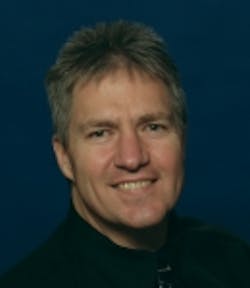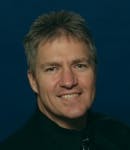The story of Nikola Tesla — Waverunner — Part 5
Although Tesla contested the decision, the deck was stacked against him. J. P. Morgan, the source of Tesla's funding, and Thomas Edison, Tesla's nemesis, both had money invested in Marconi. They also had power and influence at the patent office. Taking the patent out of Tesla's hands prevented him from selling it to continue his work. And, it allowed Marconi to commercialize his low-power version of radio, lining the pockets of investors such as Edison and Morgan.
What hurt Tesla more than losing the patent, however, was losing the confidence of his peers. “It is not a dream,” he said, referring to his belief that the world could be supplied with free power. “It is a simple feat of electrical engineering, only expensive — blind, faint-hearted, and doubting world.”
For the next seven years, Tesla suffered physically and mentally, but he was not about to give up. In 1912, he embarked on a new mission, saying, “My enemies have been so successful portraying me as a poet and visionary that I must put out something commercial without delay.”
Tesla began working on turbine engines and quickly came up with a promising new design. Radically different from the turbines made by General Electric and others, Tesla's bladeless turbine had only one moving part, a shaft keyed with a series of closely spaced discs. By injecting steam or vaporized gas into the spaces between the discs, Tesla could spin the shaft at blistering speeds. In fact, the turbine was so fast that it caused the metal discs to distort from the heat.
Tesla interrupted his research in 1914, responding to a call by the U.S. government for a device that could detect submarines and other watercraft. Tesla proposed a method very similar to modern radar. His idea was to reflect RF waves off the steel hulls and display the returning signals on a fluorescent screen. Edison, who was in charge of the project, rejected Tesla's idea, saying it would never work.
In 1915, Tesla shifted his focus back to turbines and other projects. But his ideas went no further than his notebooks because he didn't have money to conduct further tests. Tesla also filed suit against Marconi that year for infringing on his radio patents. The court battles stretched on for another 29 years, draining Tesla of what little money he had left.
With his prospects for conducting serious work fading, Tesla began visiting local parks, where he would feed the pigeons and occasionally bring one home to nurse it back to health. Tesla remained single his entire life so he could dedicate himself more fully to his work. The pigeons, in a sense, became Tesla's new work. In fact, he once had a hotel chef prepare a special mix of seed for his pigeons, which he hoped to some day commercialize.
Tesla never got that chance, however, because he was forced to declare bankruptcy in 1916.
After that, he began a slide into obscurity, though his mind remained fertile ... as we explore in the final installment on this incredible man.
About the Author
Larry Berardinis
For more than two decades, Lawrence (Larry) Berardinis served on Machine Design and Motion System Design magazines as an editor and later as an associate publisher and new-business development manager. He's a member of Eta Kappa Nu, and holds an M.S. in Solid State Electronics. Today, he is the Senior Manager of Content Programs at ASM International, formerly known as the American Society for Metals.

